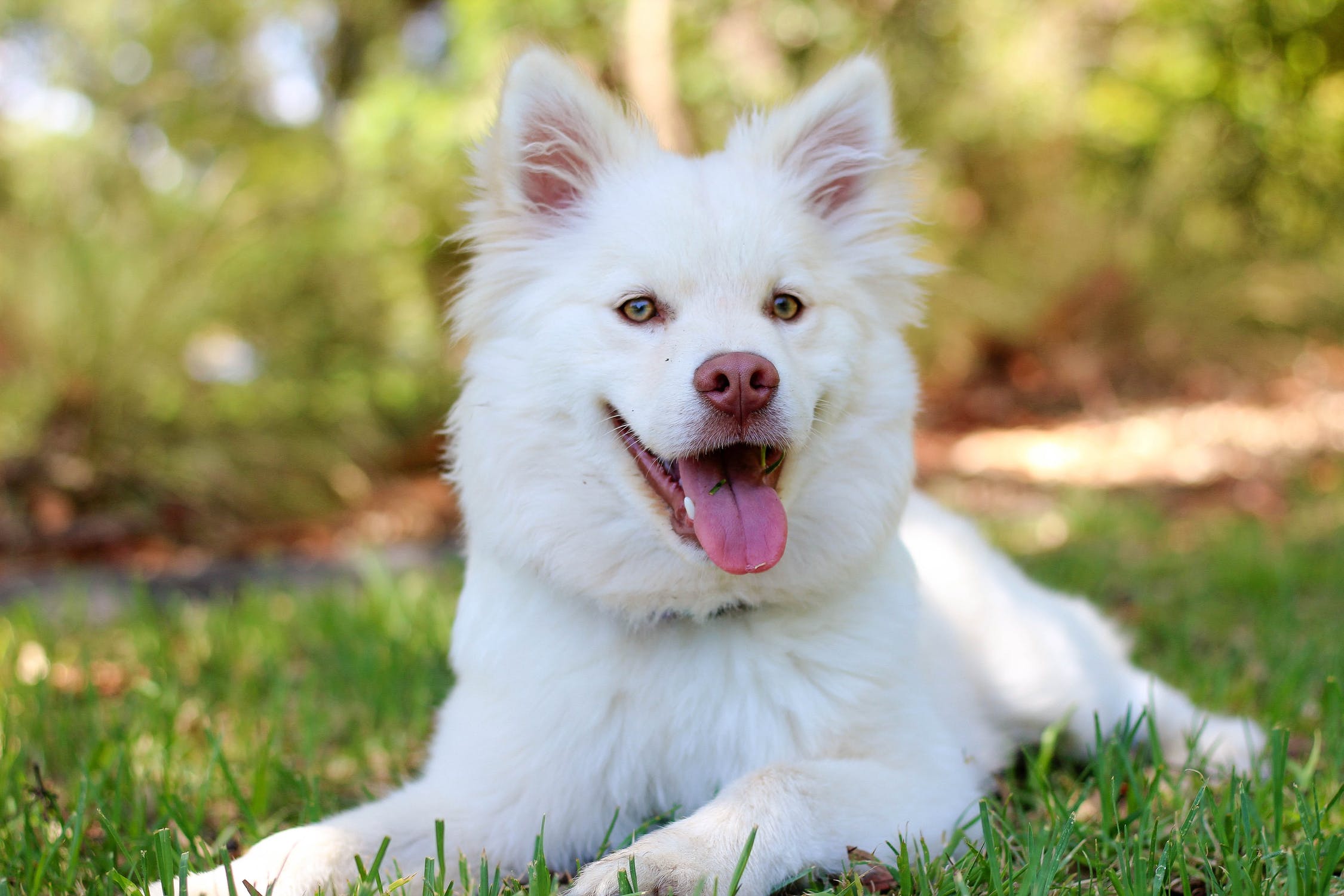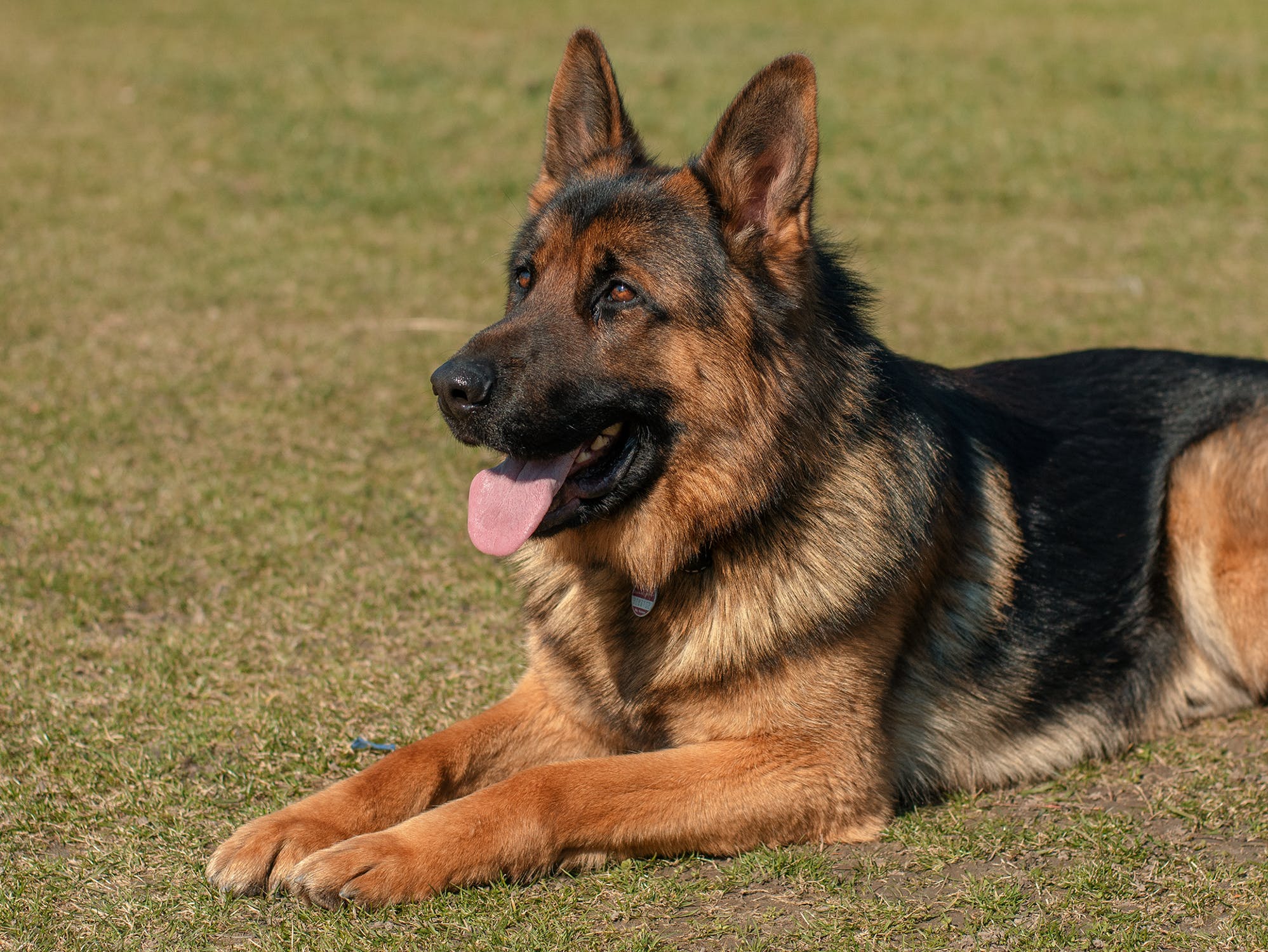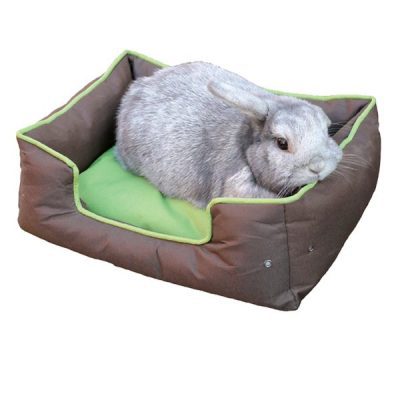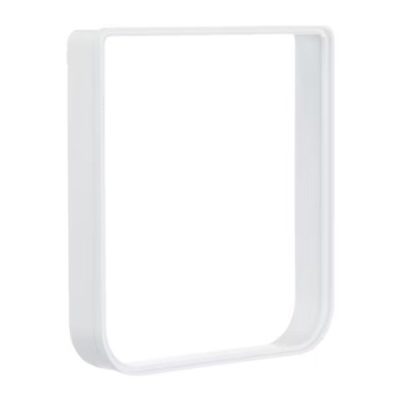Dogs in the hot weather
We know Summer has not come around yet but we want to share this short blog with you about Dogs in the hot weather.
Unlike Humans, Dogs cannot respirate and sweat through their skin which means they rely on panting and releasing heat through their paw pads and nose as a function to regulate their body temperature and keep cool. This is what makes dogs so vulnerable to getting heatstroke which could in some cases be fatal.

Signs of heatstroke in dogs include collapse, excessive panting, and dribbling. If you suspect your pet is suffering from the condition, move them to a cool place, preferably with a draught, wet their coat with cool – not freezing – water, and contact your vet immediately. Once a dog shows signs of heatstroke the damage is often already done, which is why it’s so important to prevent it.
How to keep your dog cool and prevent heatstroke
- If you know the day is going to be hot, try and look out for cooler parts in the day for you to walk your dog so they are not exposed to such hot weather.
- Never leave your dog in the car or vehicle, even if the windows are down it is too much of a risk and should be avoided.
- Ensure there is easy access to a clean water supply for your dog to drink from. If you are going out on walks make sure you have brought enough water supplies for yourself and your dog to keep cool.
- keep an eye out for signs of over-heating or heatstroke. If while on a walk you spot heavy panting and loss of energy you need to stop, find a place of shelter and hydrate your dog and let them have a rest.
- Make sure you are particularly careful with short-nosed dogs such as bull breeds, boxers, pugs, older dogs, and those that are overweight. Dogs like this can get heatstroke simply by running around.
Here is a list of products that you could use to keep your dog cool in the heat.
Blue Cross has some great advice on exercising in the hot weather;
Walking
- Walk your dog at the cooler times of the day, either first thing in the morning or early evening
- Dogs’ paw pads can burn on hot pavements. As a general rule, if it’s too hot for your hand it’s too hot for their paws.
- If it’s too hot for the usual long walk, keep your dog mentally stimulated by doing some brain games instead. Refresh their basic training with some sits and stays, or teach them new tricks.
Swimming
- Swimming is an excellent exercise for dogs and a great exercise alternative to walking in the summer heat. But remember that not all dogs like to swim, so if yours doesn’t then don’t force them and never throw a dog into the water.
- Be wary of tides at the beach
- Drinking salt water is likely to make your dog sick and isn’t very good for them. Bring fresh water with you to the beach.
- Wash salt and sand off your dog’s coat after swimming to prevent it drying and irritating their skin
- Be careful to avoid heatstroke on the beach
- Watch out for currents in rivers
- Check freshwater lakes, rivers, ponds and canals to make sure they are clean before letting your dog dive in. Some types of algae, including blue-green algae, are toxic to dogs. If your dog swims in algae-contaminated water, contact your vet immediately.
- Dogs can and do drown in rivers and the sea. If your dog has inhaled water, contact your vet, as they can suffer complications.
- Sadly, each year dog owners drown trying to rescue their pets. Don’t risk dangerous situations.
Thank you for reading this blog and we hope that you have found it informative and you feel more confident when taking your dogs out for walks. If you have any questions in regards to the blog please call us on 01902 494860.
The information in this blog was sourced from Blue Cross for pets.
If you would like to read more from our please click here.










